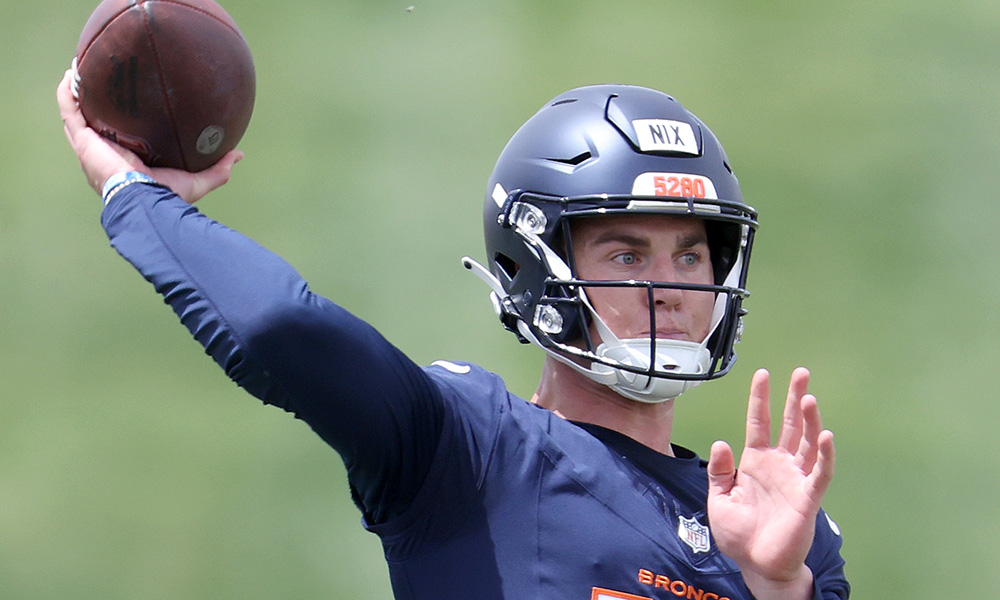NFL salary cap rising to $255 million gives Broncos a bit of relief
Feb 23, 2024, 11:44 AM
With the exception of the post-COVID-19 year and a brief decline after the implementation of the 2011 collective bargaining agreement between the NFL and the NFL Players Association, the salary cap has been on an inexorable rise since its installation in 1994.
But this year takes it to another level.
The NFL announced a record $255.4 million salary cap for the 2024 season — an increase of $30.6 million from last year. It’s also $13.4 million more than the projected cap as calculated by OvertheCap.com.
The year-over-year bump is the most in NFL history, surpassing the $25.7-million increase from 2021 to 2022. The percentage jump of 13.6 percent is the fourth-highest in NFL history, only exceeded by 1998 (26.4 percent), 2006 (19.3 percent) and 2022 (14.1 percent).
THE IMPACT ON THE BRONCOS
The Broncos are still over the cap. Their top-51 cap figure of $257,897,595, per OvertheCap.com, places them over the limit. But it gives the Broncos a bit more breathing room as they try and adapt their roster while facing a potential dead money hit that creeps toward $50 million if they part ways with Russell Wilson in the coming weeks.
Salary cap for the 2024 NFL season will be $255.4 million per team. pic.twitter.com/QhIYihU6m0
— Adam Schefter (@AdamSchefter) February 23, 2024
So, in that space, it’s good news for the Broncos.
However, a league-record rise in the cap means that prices on the open market rise. This has a domino effect that could reverberate for years. Perhaps no future Broncos contract is more relevant here than that of Pat Surtain II, who heads into the final year of his rookie deal this season.
Denver will almost certainly choose to exercise the fifth-year option on Surtain unless he is traded in the next two months, thus locking in his 2025 cost. Beyond that, though, the price tag rises. And the cost of any other premium free agent will also increase in a commensurate fashion.
More cap space certainly helps. But it’s more space for everyone. And it also makes quarterbacks pricier. Which could be another incentive to turn to the draft and get five years of cost control at the most expensive — and most important — position.





